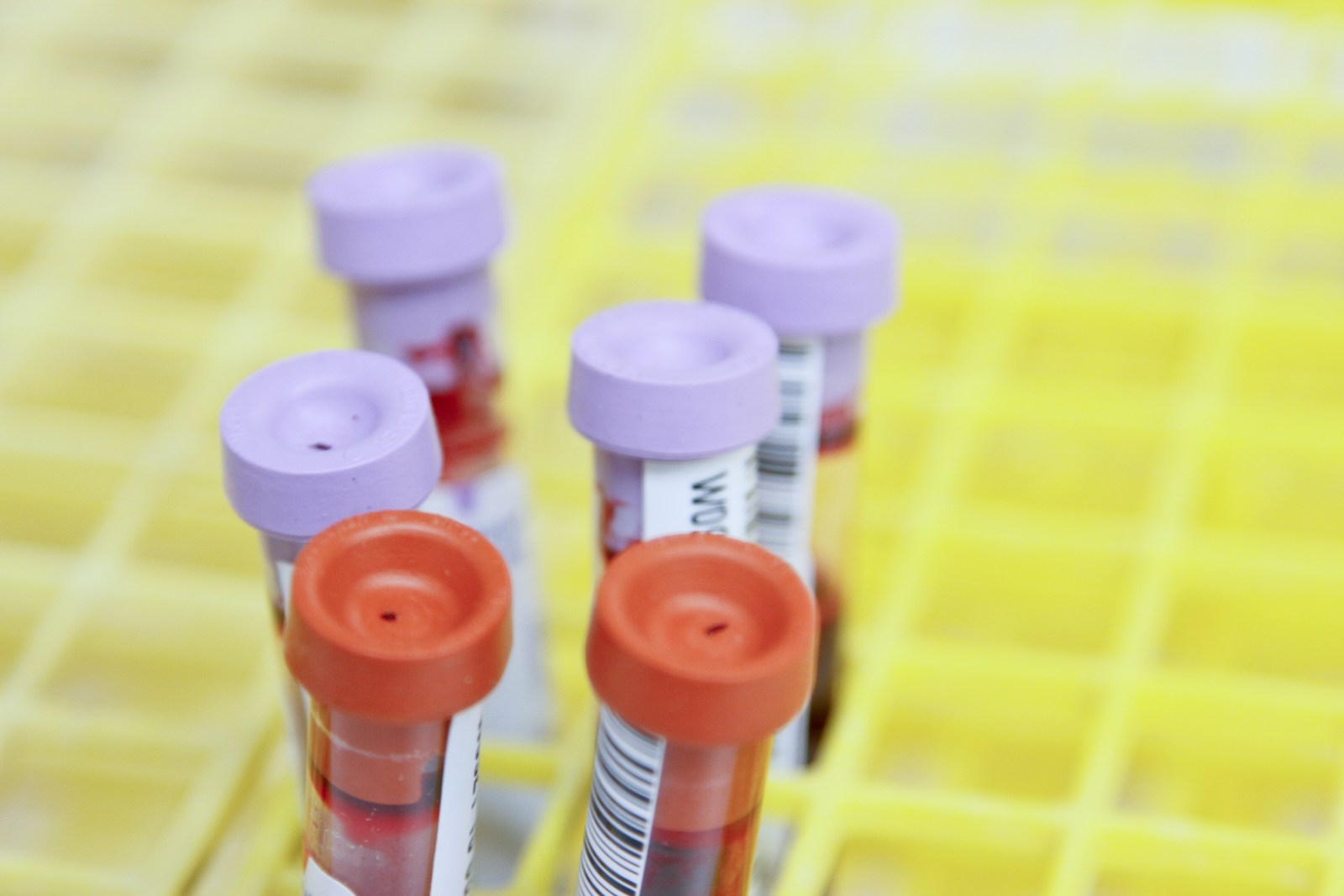What Every Athlete Needs to Know About Protein and Performance

Athletes know that protein is critical to performance, but often miss the boat when properly implementing protein into their daily lives. Bad habits abound when it comes to protein, from dosing to sources and misunderstanding how it all works. Let’s go over the facts so you can be sure you’re getting the right amounts of protein at the right times from the right sources.
Remember, protein improves muscle recovery, boosts strength, assists in the formation of hormones, enzymes, and neurotransmitters, supports the immune system, increases bone strength, assists hemoglobin formation and meets elevated caloric requirements–just to name a few of the benefits.
Protein Recommendations
According to the Food and Nutrition Board of the Institute of Medicine, the Recommended Daily Allowance (RDA) for the average individual consume 0.8 grams protein per kilogram (kg) or 0.35 grams per pound of body weight per day for general health. However, athletes require a higher overall daily protein intake to maintain and build muscle mass in the range of 1.4-1.7 grams protein/kg/day. As an example, a 150 lb. person would need ~90-120g/day. Signs you may not be getting enough protein to support your training include sluggishness or energy lulls during the day, difficulty building muscle, frequent hunger despite eating enough calories and struggling to recover from workouts.
The body can only absorb approximately 25 to 35g at once (the excess is converted to waste, which can overtax the kidneys), so loading your plate or smoothie with excess protein is not going to fast-track recovery. The endurance athlete’s size and age are determining factors in how much to consume at one time. Smaller athletes may need only 15-20g, whereas larger athletes with more muscle mass and higher energy output can easily incorporate up to 35-40g protein at one meal. Older athletes (>55-60 years old) require more protein to achieve the same effect due to the progressive loss of muscle mass associated with the aging process.
To maximize physical adaptation and maintain a robust immune system, both the timing and amount of protein are critical. Here is a general guideline.
- Begin and end your day with 15-20 g protein to suppress the negative effect of hormonal stress (cortisol) that is often elevated during a heavy training phase or when suffering from broken sleep.
- Meals – include protein at each meal (15-40g depending on size and age of athlete).
- Snacks – bridge the gap between meals that are more than four or five hours apart. Include 10-15g of protein in snacks.
- Bedtime snack – dairy protein (made up of whey and casein) is ideal due to its slow releasing nature of casein and fast releasing nature of whey. This pairing helps stabilize blood sugar, enhances muscle repair and decreases muscle breakdown during the overnight fast.
Window of Anabolic Opportunity
The timing of protein intake is equally as important as how much you consume. Intense and prolonged training sessions break down muscle tissue, followed by increased muscle protein synthesis (MPS) over the next 24 hours. Consuming high-quality protein within 30-45 min of a run enhances this process since the body is primed to fast-track protein to repair muscle tissue. When fuel stores (glycogen) run low, the body burns protein as fuel by breaking down muscle. Failing to fuel with carbohydrates during a critical workout (intense or lasting over 75 minutes) will lead to unnecessary muscle breakdown and defeats the workout’s intention, ultimately jeopardizing the athlete’s health and metabolic system.
Post-workout fuel: Aim for 0.25-0.30g high-quality protein/kg, ideally in a liquid form, to promote rapid digestion. A 150 lb. athlete would need 17-20g protein post-workout (along with simple carbs to replenish glycogen stores and fuel muscle synthesis in the post-workout fuel).
Protein Sources
Proteins are made up of amino acids which function as a cell’s building blocks. Protein is found in many foods like meat, fish, poultry, eggs, legumes and dairy products.
The poster child of all protein powders, whey makes up 20% of milk’s protein, is easily digestible and rapidly absorbed. Whey’s universal notoriety is from having the highest amount of leucine, a branch chain amino acid (BCAA) known as the anabolic trigger of muscle repair and growth in response to training.
Casein accounts for 80% of cow’s milk protein and is slow absorbing, can be harder to digest and has a lower leucine content, leaving whey at the top of the protein chain, post-workout.
Plant Proteins
Most plant-based proteins are incomplete because they lack some of the nine essential amino acids. In comparison to animal products, plant-based proteins have lower digestibility rates, meaning you absorb less protein per ounce. When taking a plant-based recovery route, the best option is mixing various plant proteins since many are considered incomplete on their own. Notable exceptions are soy, pea and hemp protein powders, as they contain all of the essential amino acids, though still lower in leucine content than whey.
As long as consumption is from various sources and consumed in higher doses, an athlete’s protein needs can be sufficiently met with plant proteins.
Animal Protein Food Sources:
- Cottage cheese ½ cup – 13g of protein
- Greek yogurt 5oz – 11-20g of protein
- Milk 8oz – 8g of protein
- Cheese 1oz – 4-7g of protein
- Beef, chicken, fish 1oz – 7-8g of protein
- Eggs 1 – 6g of protein
- Ground turkey 1 oz – 7g of protein
Plant-Based Protein Food Sources:
- Tofu ½ cup – 8g of protein
- Tempeh 3oz – 15g of protein
- Spirulina (seaweed) 2 tbsp. – 8g of protein
- Lentils ½ cup – 9g of protein
- Nuts 1oz – 4-6g of protein
- Nut butter 2 tbsp. – 8g of protein
- Edamame ½ cup – 8g of protein
Picking Your Powder
As a rule, it’s best to get your protein from food, whether animal or plant, but when on the go, the convenience of protein supplementation can’t be underestimated. That’s why many athletes rely on protein powder for the ultra-convenience factor and to ensure they have enough in their diet. It’s easy to prepare, travels well, can be stored at room temperature for up to one year and often cheaper gram for gram. But you don’t want to sacrifice quality, so knowing the lay of the protein powder land is key.
Whey protein isolate – the purest protein powder source, contains 90% protein and almost no lactose or fat.
Whey protein concentrate – contains 70-80% protein, some lactose (milk sugar) and fat, but more economical than whey isolate.
Whey hydrolysate – pre-digested whey, so it breaks down quickly. Best for sensitive stomachs but pricey and has a bitter flavor.
Casein protein – the best option for overnight muscle repair/build or bridge the gap between extended meals. Can be harder to digest as opposed to whey protein
Soy protein – an excellent source of high-quality plant protein, a good option for vegetarians/vegans.
Pea and Hemp Protein – a complete plant protein and a good option for vegans, vegetarians, or if allergic or sensitive to whey or soy.
Most protein powders contain 20-25g of protein per scoop. Keep in mind more is not better.
How do you know if protein powder is safe?
Keep in mind protein powders are considered a supplement, not a food, therefore are not evaluated and approved by the FDA. Basically, you can’t be certain what or how much is in each scoop. According to an investigation by the Clean Label Project, a significant number of products contain elevated levels of contaminants such as pesticides, heavy metals, BPA and arsenic. All good reasons to reemphasize food should be the first line of defense when seeking protein and nutrients.
If you are going to use protein powder, be sure to find a high-quality protein powder that has gone through third-party testing. Look for:
NSF Certified for Sport, which means a product contains what the label says it does, has been tested for contaminants and substances banned by major athletic organizations, and is made at a facility audited annually for quality and safety. Informed Choice logos, which ensure products are not contaminated or contain banned substances. Good Manufacturing Practices ensure the integrity of the food manufacturing process.
Ultimately, athletes are responsible for illegal substances and if drug tested are held accountable. So be wise about the supplements you put in your body, always choosing food first.
Finally, become a diligent label reader, specifically the ingredient list. If you see the term “proprietary blend or formula,” this means the manufacturer will not disclose the amount of each ingredient. This should raise a red flag. Also, a good frame of reference is to look for short ingredient lists and ones that you are familiar with each ingredient. If an element of the mix isn’t familiar perhaps think twice about putting in your body.








